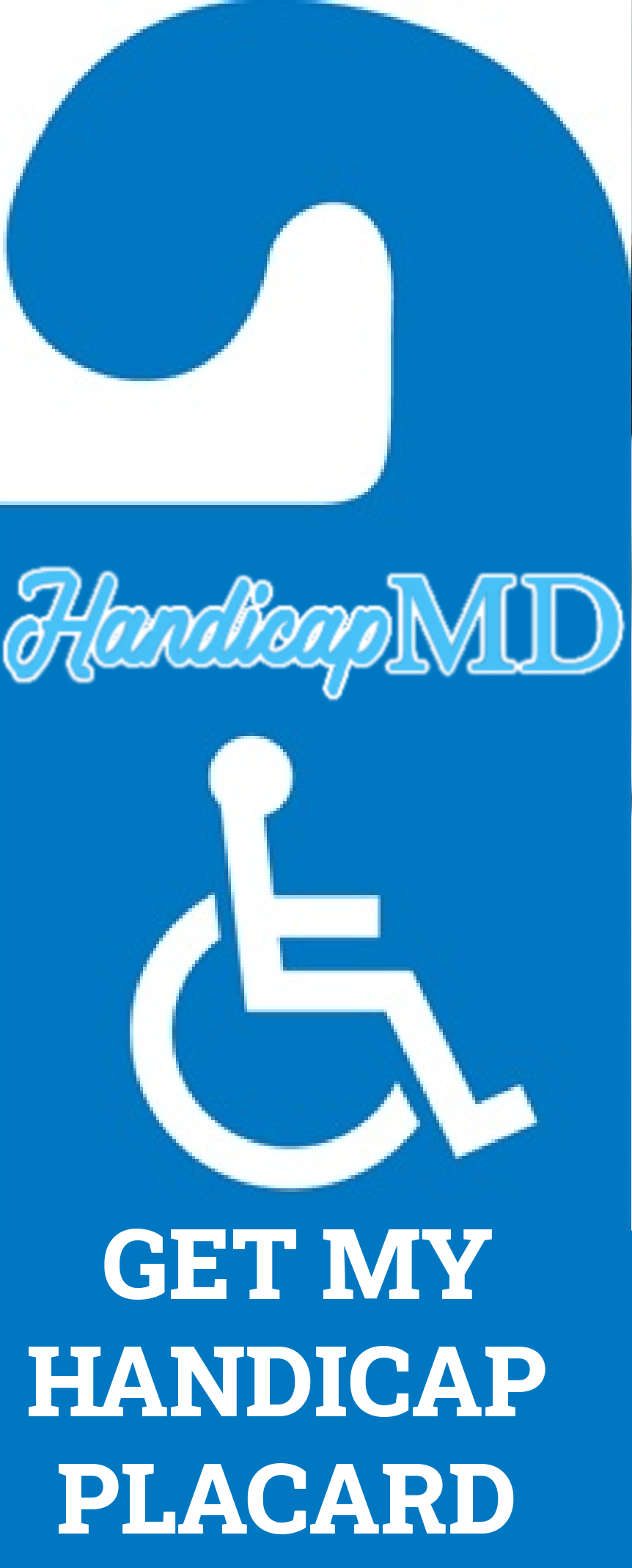
Tips for Displaying Your Handicap Placard Correctly in Idaho
Introduction
If you have a disability and possess a handicap placard in Idaho, it is crucial to display it correctly to avail the benefits it offers. A disabled parking permit allow individuals with disabilities to access reserved parking spaces and other amenities to make their lives more comfortable. However, improper display or misuse can lead to fines and penalties. In this article, we will guide you through the essential tips for displaying your handicap placard correctly in Idaho, ensuring a seamless experience and avoiding any legal issues.
Tips for Displaying Your Handicap Placard Correctly in Idaho
It is important to follow these guidelines to ensure that your disability pass is correctly displayed and remains valid:
1. Understand the Rules and Regulations
Before using your disability permit, familiarize yourself with Idaho's rules and regulations regarding its usage. Different states might have slight variations, so it's essential to know the specific requirements for Idaho.
2. Check the Expiration Date
These tags come with an expiration date, typically printed on itself. Make sure to check the expiration date regularly and renew before it expires to avoid any inconvenience.
3. Hang the Placard Properly
Hang it on your vehicle's rearview mirror when parked in designated spaces. Ensure that the placard's expiration date and other details are facing outward for easy visibility.
4. Avoid Obstructing the View
When displaying your handicap permit, ensure that it does not obstruct your view while driving. Safely tuck it behind the rearview mirror when the vehicle is in motion.
5. Remove the Placard When Not in Use
Only display it when the person it is issued to is present in the vehicle. Remove it when you are not using the designated parking space.
6. Avoid Sharing Placards
Handicap placards are issued to specific individuals and are non-transferable. Never share your placard with anyone else or use someone else's placard, as it is against the law and may lead to fines.
7. Keep the Placard Visible
When parking in a designated space, ensure that the tag is visible from the outside. This will help parking enforcement officers identify that the space is being used correctly.
8. Park Only in Designated Spaces
Use your disability tag to park only in designated spaces. Avoid parking in non-designated spaces or blocking access points.
9. Avoid Altering the Placard
Do not alter or tamper with the permit in any way. This includes laminating or modifying the information, as it may render it invalid.
10. Renew on Time
Keep track of your expiration date and ensure you renew it on time to continue availing the benefits it provides.
11. Display Temporary Placards Properly
If you have a temporary one, follow the same guidelines for proper display. Ensure it is hung correctly and removed when not in use.
12. Report Lost or Stolen Placards
If your Idaho handicap placard is lost or stolen, report it to the appropriate authorities immediately to prevent unauthorized use.
13. Educate Your Passengers
If you have passengers who are not familiar with the rules of using a permit, educate them on the proper way to display it and the consequences of misusing it.
14. Keep Your Placard in Good Condition
To ensure its legibility and validity, keep your pass in good condition. Avoid bending, tearing, or damaging it in any way.
15. Comply with Local Parking Signs
Always comply with the parking signs and regulations of the area you are visiting, even if you have a disability permit.
16. Inform Law Enforcement When Necessary
If you are stopped by law enforcement, inform them immediately that you have a disability tag and follow any additional instructions they provide.
17. Avoid Using Expired Placards
Using an expired tag is against the law and can result in fines or penalties. Always use a valid and up-to-date pass.
18. Respect the Rights of Others
While having a valid permit allows you certain privileges, it is essential to respect the rights of others and not abuse the privileges it provides.
19. Keep Documentation Handy
Keep the necessary documentation related to your disability tag, such as your disability certificate or identification, readily available in case of any inquiries.
20. Notify Authorities of Changes
If there are any changes to your personal information, such as address or name, notify the authorities responsible to update their records.
Frequently Asked Questions (FAQs)
FAQ 1: Can I use my Idaho disability pass in other states?
Yes, most states have reciprocity agreements, allowing you to use your Idaho pass in other states. However, it's essential to familiarize yourself with the specific regulations of the state you are visiting.
FAQ 2: Can I lend my disability pass to a family member?
No, these are non-transferable, and lending them to family members or friends is illegal. It should only be used when the person it is issued to is present in the vehicle.
FAQ 3: What should I do if my disability pass is damaged?
If your permit becomes damaged, you should obtain a replacement immediately. Contact the issuing authority in Idaho to request a new one.
FAQ 4: How do I renew my disability pass in Idaho?
To renew in Idaho, you need to follow the same process as when you initially obtained it. Typically, you will need to submit updated documentation confirming your disability.
FAQ 5: Can I park in metered spaces with a disability pass?
In Idaho, you can park in metered spaces without paying the meter fee if you have a valid pass. However, you must adhere to the posted time limits.
FAQ 6: Are disability passes valid in private parking lots?
Yes, these are valid in private parking lots, but it's essential to follow the parking rules and regulations of the specific private property.
Conclusion
Properly displaying your handicap placard in Idaho is essential to ensure that you can access the benefits it offers without facing any legal issues. By following the tips mentioned in this article, you can make the most of your permit and contribute to a more accessible and inclusive society. Remember, respecting the privileges that come with it and adhering to the rules is crucial in promoting fairness and equality for all individuals with disabilities.
.png)






